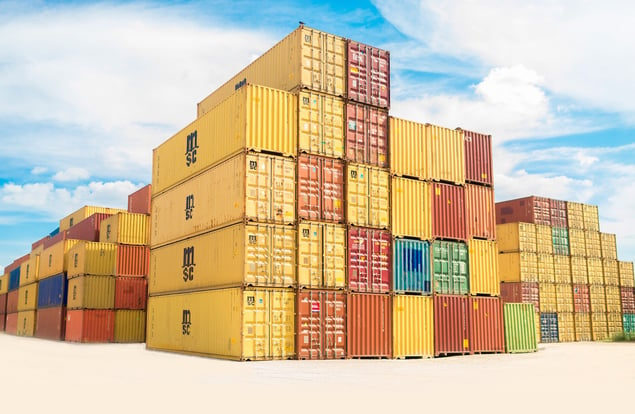Go big or go home? Well, you can also go abroad. When you have proven your business in one market a natural next step is often to try your luck by expanding into the international scene. Perhaps entering a neighboring country, in small steps or many markets in a giant leap. To succeed in new markets is not given but what you do not want is an ecommerce platform that holds you back.
No matter if you are new to ecommerce and want to pick the right platform to support your growth or if you have been in ecommerce for many years and now want to take your first steps abroad or have run international business for years we think that you can benefit from these steps on how to make sure your ecommerce platform supports internationalization. We also have a guide that explains more in detail what to think about, download it here.
To help you prepare for international ecommerce we have compiled a checklist with important aspects that will help you evaluate your current or future platform to make sure it supports your international journey.
Platform checklist
Five important areas for you to consider before you head abroad or when considering a new ecommerce platform to support your international journey.
- Localization
To make it in a new market you have to localize and adapt to local customs, language and legal framework. - Content and digital assets, with language handling
- Assortment control per market
- Translation process support
- Payment methods suitable for the market you are in
- URL handling, to support local url’s or
- Units, do you sell in meters, grams or liters?
- Feature toggling, decide what features should be live in which market
- Administration/back-end
Do you operate your business from one location or is internationalization also including organizational change adding on distributed teams and new requirements for the admin/back-end? - Central or distributed management
- Translation of backend
- Permissions management of important back-end functions
- Coordinated or market specific launches and promotions (time zones)
- Warehousing, shipping and returns
Logistic set up is the core of any ecommerce operation and will your internationalization bring in more complex logistics solutions? Distributed warehouses? What will be your delivery time across your new territory? - Central or distributed logistics
- Shipping methods suited for the local market
- Delivery cost calculation, may be more complex as your logistics expands
- Returns handling, central or distributed
- Pricing and currencies
A big influencer of your conversion rate as well as your profitability is of course the pricing of your products. You probably want to stay close to the markets you are active in and provide competitive pricing but doing so can also render extensive work. Make sure your ecommerce platform helps you stay competitive, profitable and not drown you with admin work. - Price lists supporting different currencies
- Control the price formatting for different countries and currencies
- Support for relative pricing between currencies with an internal exchange rate
- Legal, Reporting, fiscal compliance and taxes
Expanding your business could also drive more work for administration, reporting and living up to the fiscal compliance for all markets you operate in. - VAT and sales tax calculation for the countries you plan to sell in
- Reporting, sales, tax, direct tax
- Fiscal compliance like automatic sales reporting to government
Want to know more about internationalization? Download our guide that will give you practical tips and tricks to be succeed in your international venture. Or reach out and let us know how we can help, by emailing curious@litium.com.

